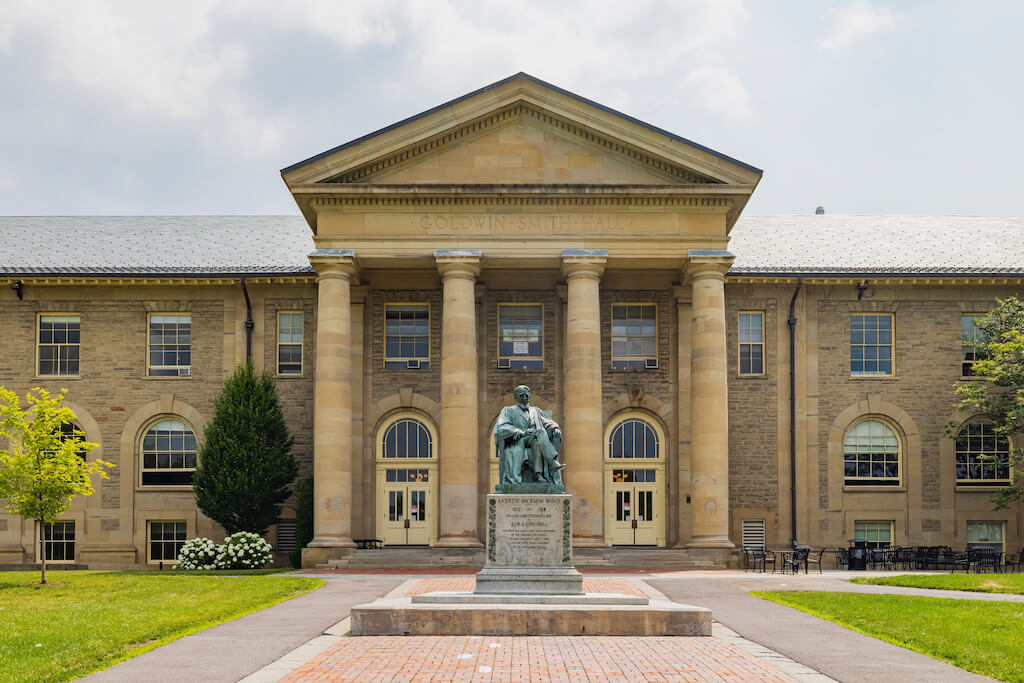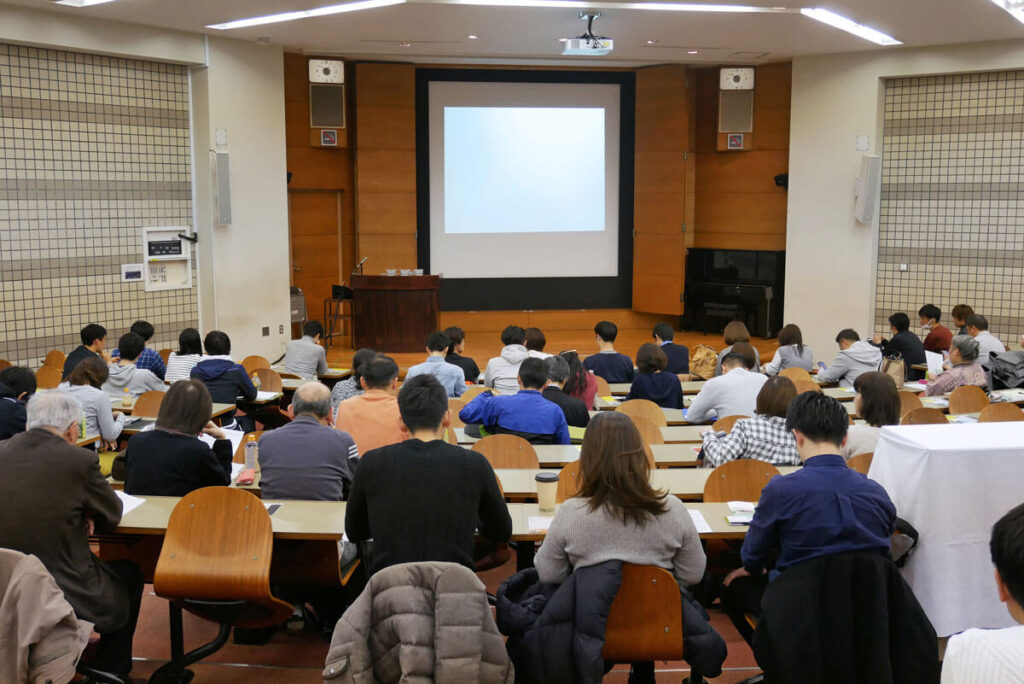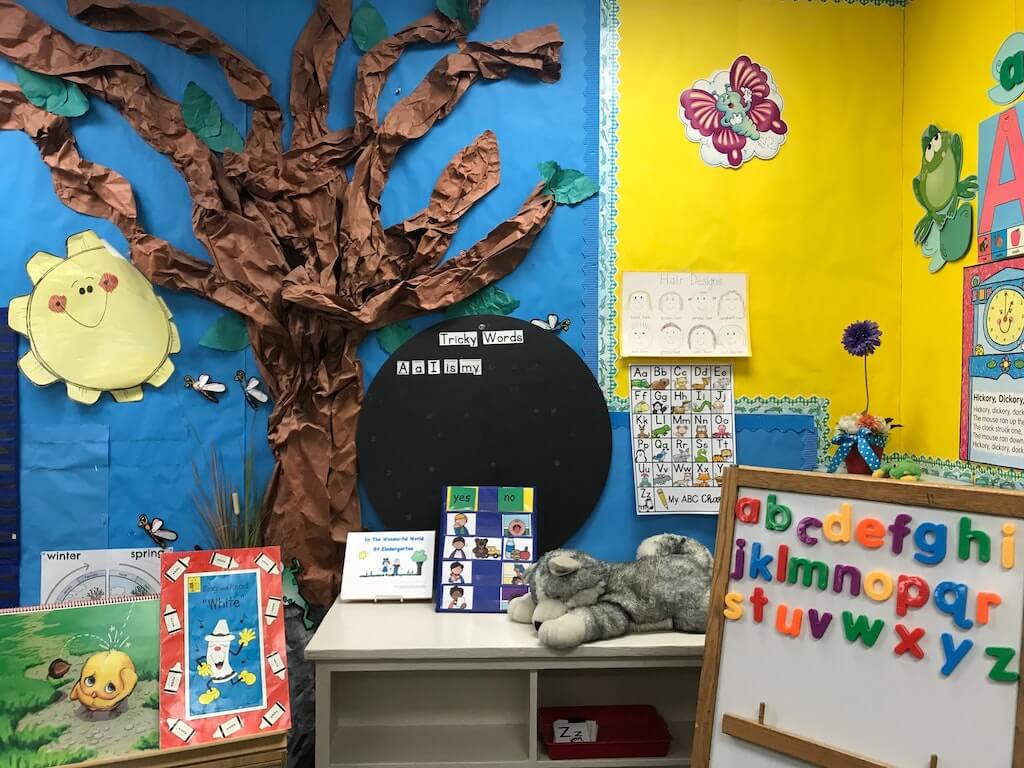In the Winter 2022 issue of the Duke Mag, I read an interesting article written by Corbie Hill about Duke sociology professor Chris Bail and his initiatives to reset the partisan digital divide. Bail is the author of Breaking the Social Media Prism: How to Make Our Platforms less Polarizing and is also the co-founder of the Summer Institutes in Computational Social Science (SICSS).
The SICSS was founded by Bail and Princeton University sociology professor Matt Salganik to expand the computational social science field. Bail states that it’s not “crazy to call it a paradigmatic shift in the way social science is done.” Preconceptions about sociology are that researchers talk to a few people and share their stories, but that it’s not science. Computational social science backs up social science findings with massive data sets and machine learning. Since the SICSS was first offered at Princeton in 2017, the program has grown and is now offered at 53 sites around the world in addition to virtually.
Bail’s philosophy is that every new site is owned and directed by the people at that location. For example, the site at Howard University focuses on research about anti-Black racism and inequity using computational social science. So far, each of the 53 SICSS sites is a discrete node serving a distinct population. Bail notes that the growth in data collected around the world has been exponential. For example, more data was collected in 2012 than in all previous years of human history combined.
Bail believes that the creation of SICSS is the biggest deal in his career. At the same time, the biggest problem yet to be solved is the partisan divide created and accentuated by social media platforms. Bail notes that anthropologists have determined that people can maintain meaningful relationships with approximately 150 people. Social media, on the other hand, can connect people with hundreds, thousands, tens of thousands of people and more. Bail states that humans “may not be wired to handle a crowd of that size.” He posits “what if the structure of social media is wrong and we need to be seeing society instead of a string of messages?”
According to Dr. Bail, angry people produce almost all the social media posts – 98 percent on Twitter alone. Social scientists know how to create cohesive communities and what creates conflict. What if their knowledge was utilized to redesign social media platforms and enable users to turn features off and on as well as build environments not yet available? Dr. Bail runs a Polarization Lab at Duke with a professor of political science and public policy and an assistant professor of statistical science and computer science. The lab is building an environment where any researcher can create a social media network and run experiments using it. He believes that the relative “newness” of social media provides researchers with the opportunity to suggest changes that could reduce polarizing issues. I hope he’s right and the corporate owners of these platforms adopt the recommendations from his research.
Dr. Bail considers his role in the SICSS community as community builder, not leader. Many of the members of the various communities founded thus far have interests different than his.
I have never been a fan of qualitative research. I am a bigger believer in the value of reproducible quantitative research but acknowledge that there’s room for both fields. I wasn’t aware that there was a burgeoning group of scholars dedicated to computational social science until I read this article. I’ll have to dig around to see if there is anything in the education field as organized as SICSS. The more scholars that are available to sift through the ever-increasing quantity of data that we’re collecting, the better.
I also ordered a copy of Breaking the Social Media Prism. Stay tuned for my review in a week or two.











